Can a cruise ship tip over? As a cruise expert, I have often been asked this question. Perhaps more times than you can imagine.
Some people think the answer is no, but there are very few things in this world that are completely impossible.
The reality is that it would be possible but obviously under some special conditions.
So let’s find out in what cases a cruise ship could completely capsize.
How much could a cruise ship lean before completely tipping over?
Let’s start by saying one thing, modern cruise ships are carefully designed to avoid any kind of capsizing.
There is a team of engineers working on the design of the ship, its center of gravity, weight, stability, and doing a series of tests to check its actual safety.
In particular, during sea trials (before passengers get on board) the ship undergoes several tests, including some extreme ones.
For example, many big cruise lines including Royal Caribbean and Carnival, perform tilt tests, so they take their ships to a slope that can range from 30 to 45 degrees, which is quite a steep slope for a ship.
According to the most extreme tests, a ship would have to reach at least 60 degrees to achieve enough tilt to allow a complete capsize.
Is it possible to achieve this inclination with very strong waves? Let’s find it out.
The stability features

You have to consider that engineers develop a series of strategies to prevent the ship from tilting too much.
A tilted ship is not only dangerous but also a bother to passengers (especially those who get seasick).
One of the most common techniques is ballasting. I am sure you have heard of it, but why does it make ships safer?
The ship’s ballast, usually seawater, can be moved from one side to the other in order to improve stability and maintain the ship’s balance.
Ballasting is a very old technique, used for hundreds of years, but it’s still quite effective today.
At the same time, new modern techniques have emerged that have helped make ships even safer.
For example, all modern cruise ships have some stabilizing fins. As the name says, they are just like fins that can enter and exit the hull to help stabilize the ship.
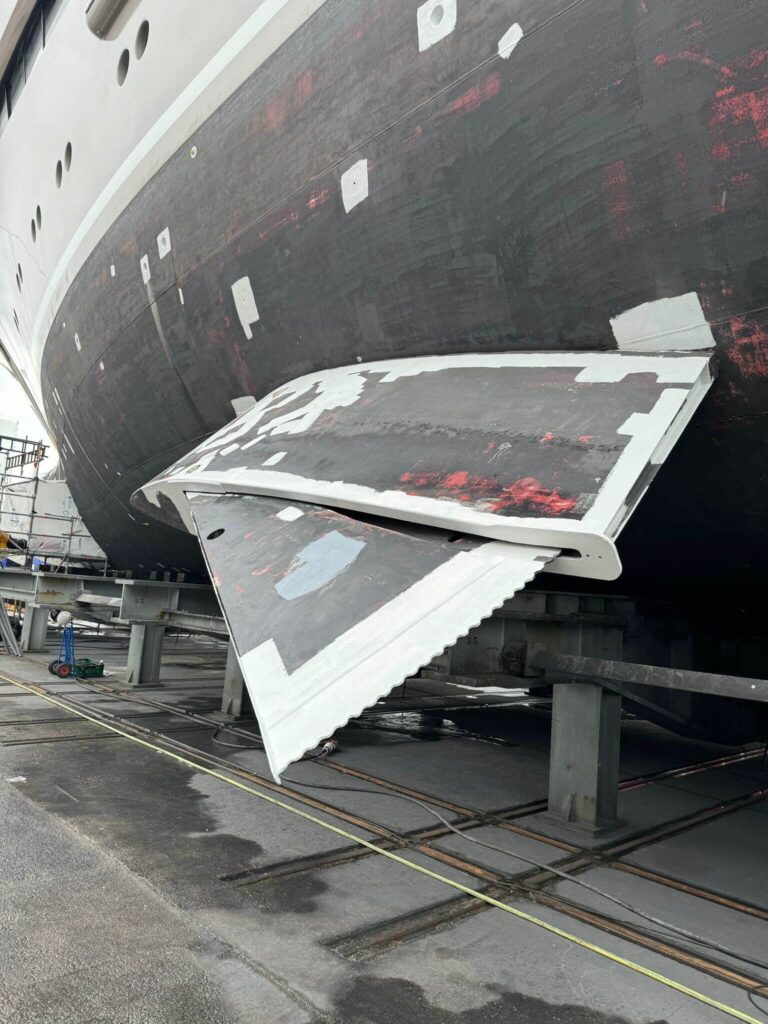
The captain usually deploys them when the sea is very rough to make the trip more comfortable for passengers.
Reasons why a ship can tip over
Despite these precautions, disasters can always happen since no means of transportation is 100 percent safe.
In particular, 3 main things could tip a cruise ship.
1. Human Error
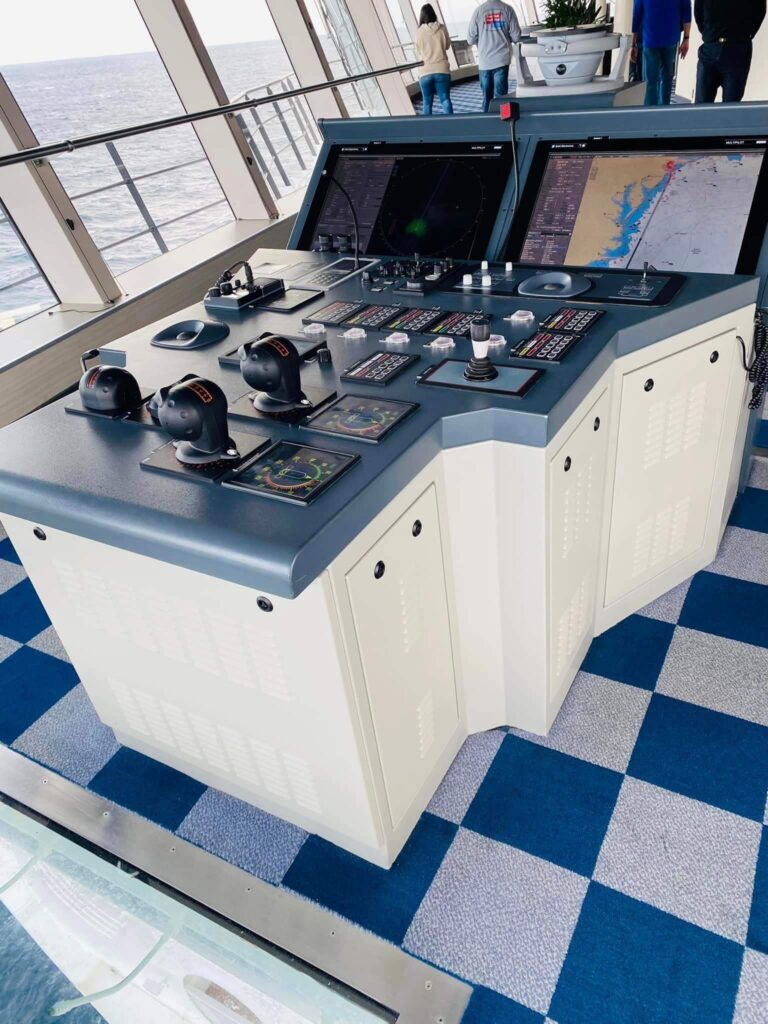
Human error is probably the most common and also the most unpredictable cause.
Although cruise ships are highly digitized with autopilot systems and control systems, it is always the captain who makes the final decision.
Of course, when the captain errs and makes a wrong maneuver, there can be serious consequences.
For example, in 2006, Crown Princess (a ship of Princess Cruises) had nearly 300 injured passengers and crew members due to a wrong maneuver.
The Officer had disengaged the automatic steering mode and taken manual control of the steering to correct a perceived high rate of turn to port.
But then the vessel suddenly heeled and people were thrown about or struck by falling objects.
That’s the reason why cruise ship captains have this kind of salaries, they have a lot of responsibility!
2. Mechanical or on-board systems error
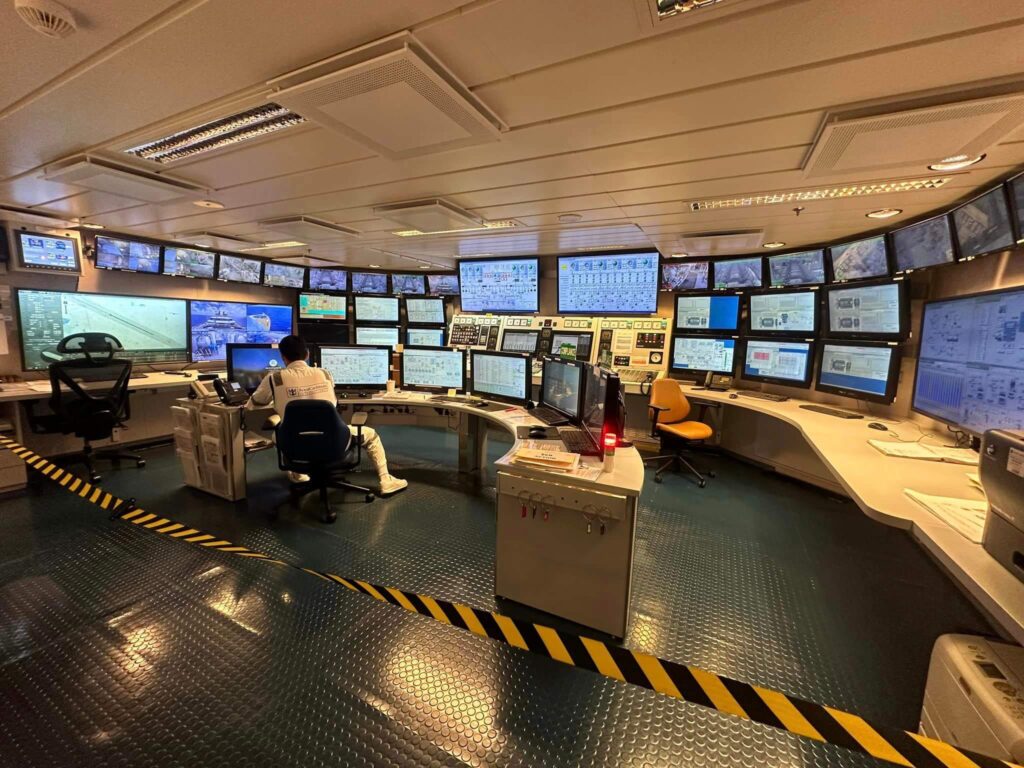
The second reason could be a mechanical or onboard systems error.
They are less frequent and are promptly corrected by the onboard mechanics and engineers.
In case the problems cannot be easily solved, ships are sent back to port to be checked and fixed.
3. Extremely adverse weather conditions
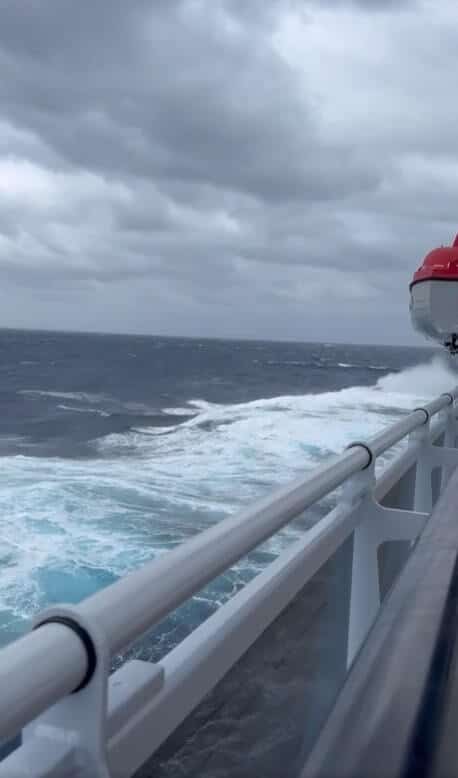
The last reason that can lead a ship to tip over is extremely bad weather.
Bad weather is very common, I am sure many of you have encountered it on your cruises, and it is generally not dangerous.
One thing that greatly reduces risk is the ability to predict adverse weather conditions and adjust the route.
As we saw in the article about hurricanes during cruises, modern weather systems predict these phenomena, and ships immediately change their itinerary to avoid them.
In this way, there is no danger to either the ship or the passengers.
Has it ever happened that a cruise ship capsized due to high waves?
No, from what we know it never happened.
There have been incidents where smaller vessels or ferries, but these are not typical for large, modern cruise ships.
Has it ever happened for other reasons?

Unfortunately, yes.
Probably many of you remember the Costa Concordia disaster. It was an accident caused by human error that caused the large cruise ship Costa Concordia to tilt and partially sink.
According to the investigation, it was a human error caused by the ship’s captain who moved too close to the coast.
The incident resulted in 32 deaths and the complete ship evacuation. The ship’s captain was later sentenced to 16 years in prison by the Italian courts.
Even if they do not seem dangerous to us, large ships still have their risks, which is why there are also 5 things you must never do near a cruise ship.
I have tried several of them but these are the most durable and sturdy.

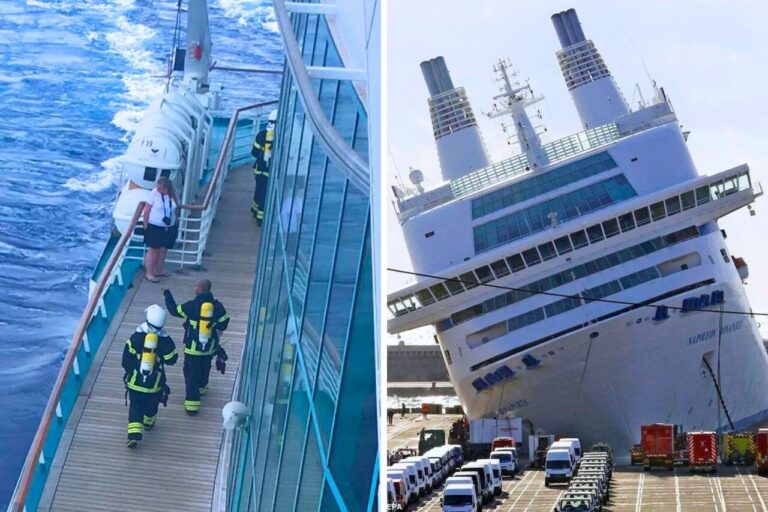

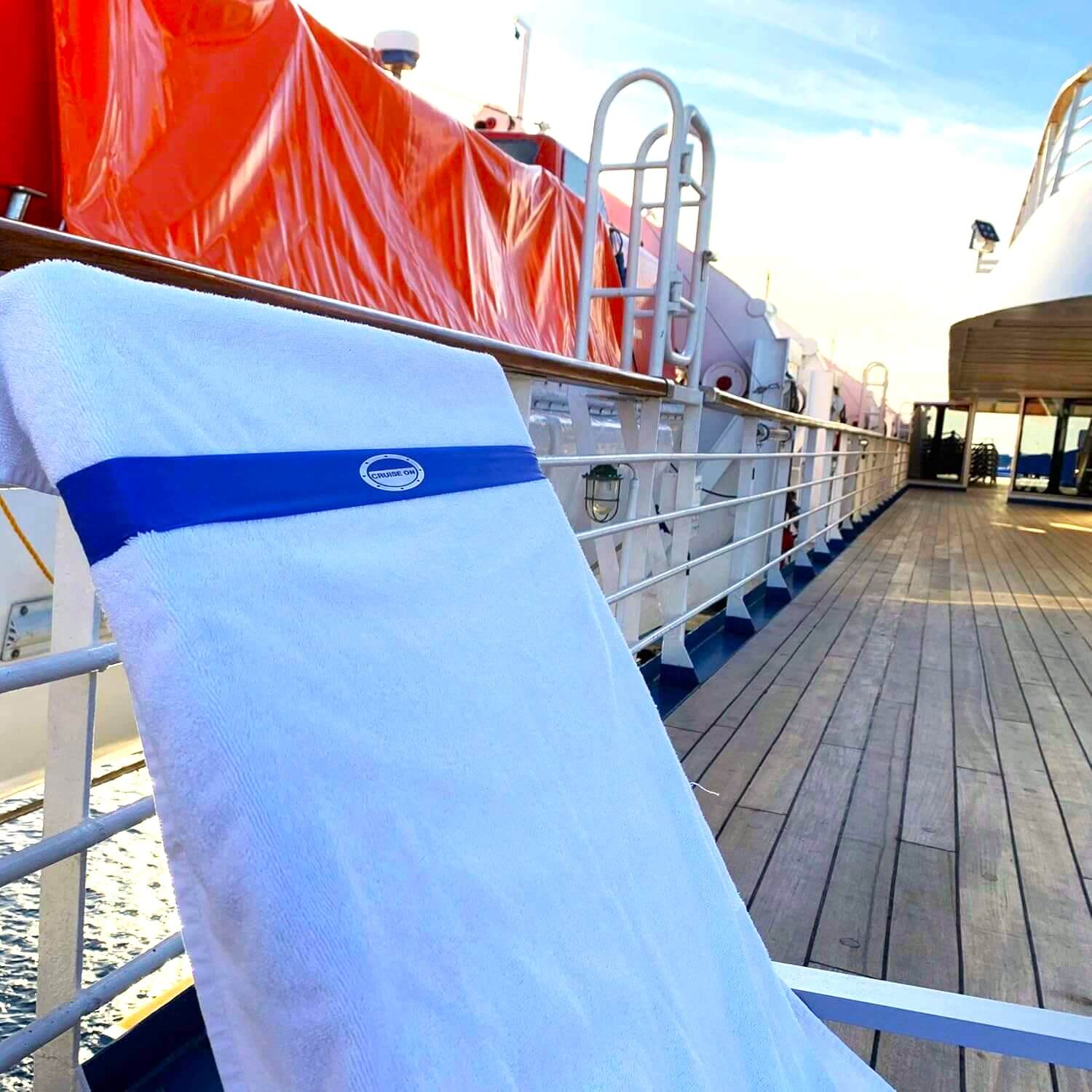
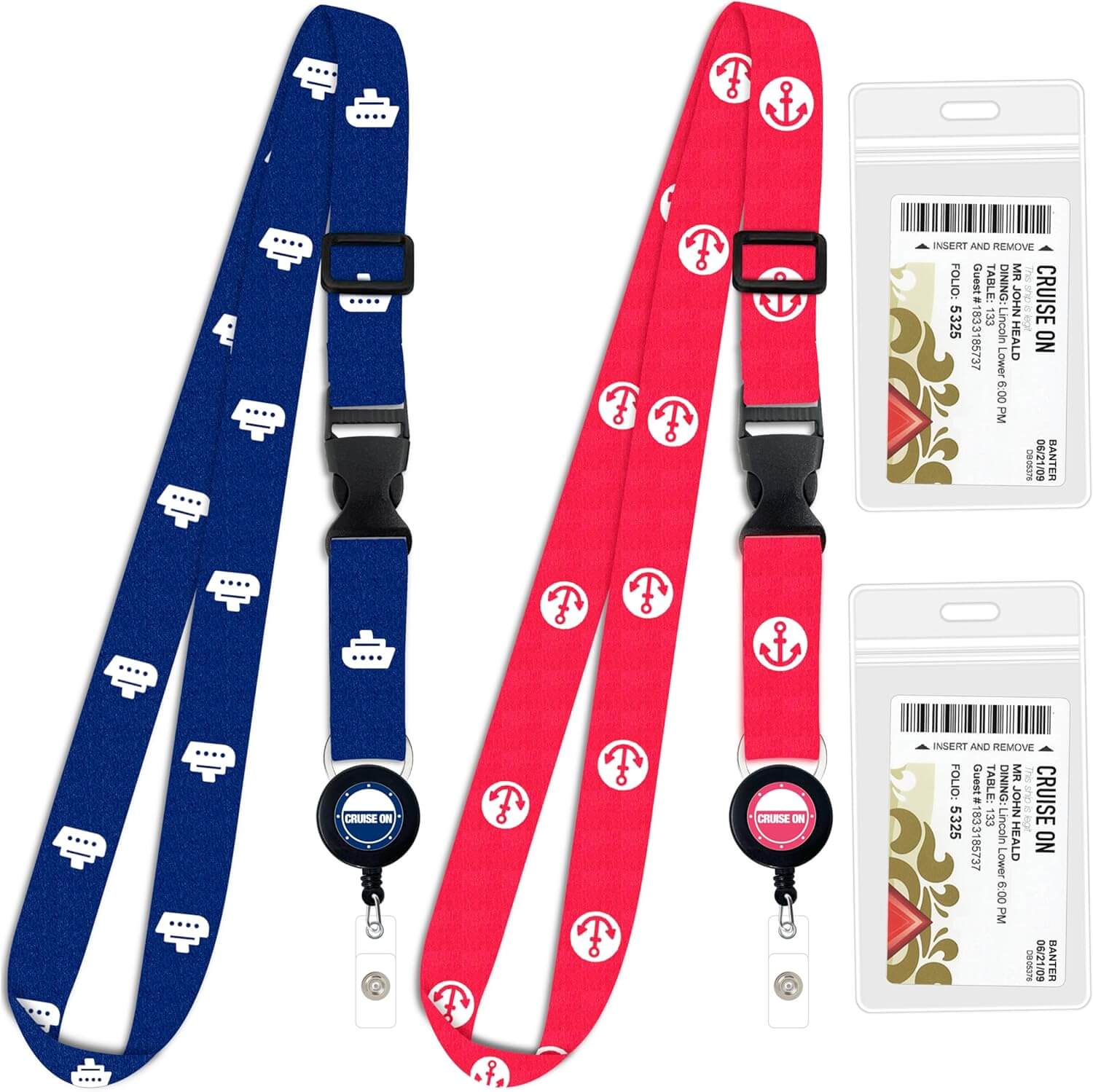
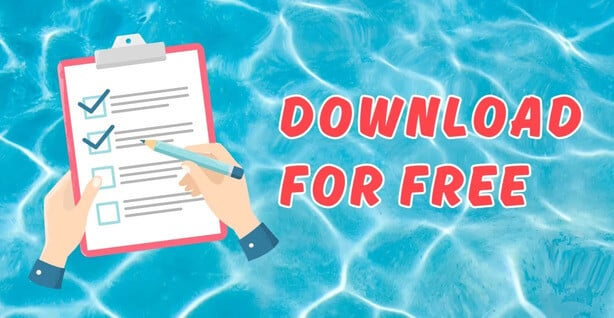
Our Captain listed a cruise ship to rescue a man from a sinking ship.